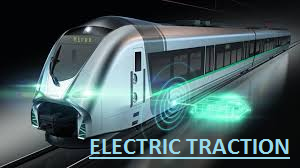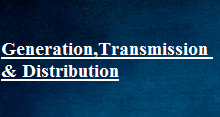Average speed & Scheduled speed of an Electric Train
Crest Speed: The maximum speed attained by the vehicle during the run is known as crest
speed.
Average Speed: The mean of the speeds from start to stop i.e., the distance covered between two stops divided by the actual time of run is known as average speed.
Average speed = Distance between stops/Actual time of run, T
Schedule Speed: The ratio of distance covered between two stops and total time of run including time of stop is known as schedule speed.
Schedule speed = Distance between stops/ (Actual time of run + stop time)
schedule speed is always smaller than the average speed. The difference is large in case of urban and suburban services and is negligibly small in case of main line service.
Factors Affecting Scheduled speed of an Electric Train
- Acceleration and braking retardation.
- Maximum or crest speed.
- Duration of stop.
1. Effect of Acceleration and Braking Retardation: For a given run and with fixed crest speed the increase in acceleration will result in decrease in actual time of run and, therefore, increase in schedule speed.
2. Effect of Maximum Speed: For a constant distance run and with fixed acceleration and retardation the actual time of run will decrease, and therefore, schedule speed will increase with the increase in crest speed. The effect of variation in crest speed on schedule speed is considerable in case of long distance run.
3. Effect of Duration of Stop: For a given average speed the schedule speed will increase by reducing the duration of stop. The variation in duration of stop will affect the schedule speed more in case of shorter distance run as compared to longer distance run.



Recent Comments